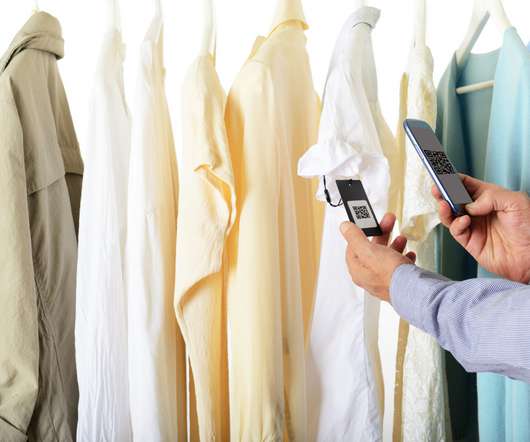When is Price Skimming Effective? Pros and Cons for Brands
Wiser
NOVEMBER 26, 2019
When done right, a new product launch can be a big win for a brand. Apple is usually on the winning side of its product launches, with lines wrapped around the corner for the next iPhone or new gadget. A big part of a successful product launch is the price. Get the price right, and you can drive sales, hype, and long-time customers. Get it wrong, and it can be a public relations nightmare and flat sales.
























Let's personalize your content